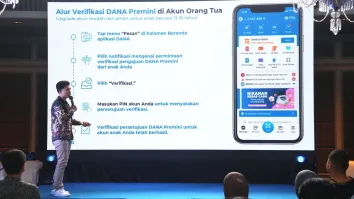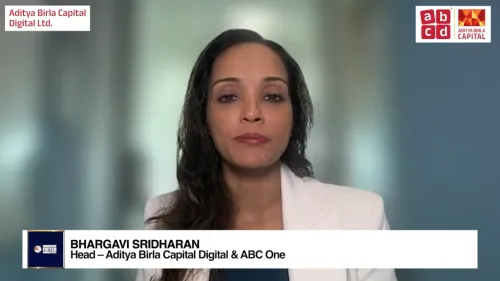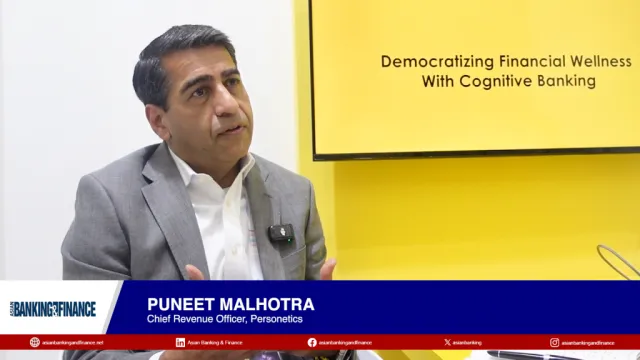
Thai banks’ loans contract 1.3% in Q1 on debt repayments and bad loans
But banks’ profitability improved compared to Q4 2024, the central bank said.
Loan growth in Thailand’s banking system contracted by 1.3% year-on-year (YoY) in Q1 2025, according to data from the Bank of Thailand (BOT).
The central bank blamed the contraction on the high level of debt repayments.
“Whilst large corporate loans still expanded, [small and medium enterprises] and consumer loans continued to contract amidst a high level of credit risk,” the BOT said in its Banking Sector Quarterly Brief (Q1 2025) released in May.
However, the banking system’s profitability improved from the previous quarter.
The central bank said that this was mainly due to lower operating expenses— particularly a seasonal decline in marketing expenses and IT expenses— and higher non-interest income from investments and the revaluation of financial instruments.
Non-performing loans (NPL) in Q1 rose to THB548.1b, resulting in an NPL ratio of 29%
Apart from SME and mortgage loans, NPLs rose due to an increase in the NPL ratios for credit card and hire-purchase loans, the BOT said.
The central bank said that they will monitor the “prevailing tight financial conditions and debt serviceability of businesses and households.”
“In addition, it is crucial to closely monitor global trade policies and their potential impact on the financial positions of businesses and households, as well as the effectiveness of assistance measures under the “Khun Soo, Rao Chuay” program,” it added.
The “Khun Soo, Rao Chuay” program, which translates to “You Fight, We Help,” refers to a campaign aimed at giving financial assistance to retail and SME debtors.
As of February 10, 2025, a total of 746,912 accounts from 642,030 debtors have registered to participate in this project, according to data from the Thai Bankers’ Association.



















 Advertise
Advertise






